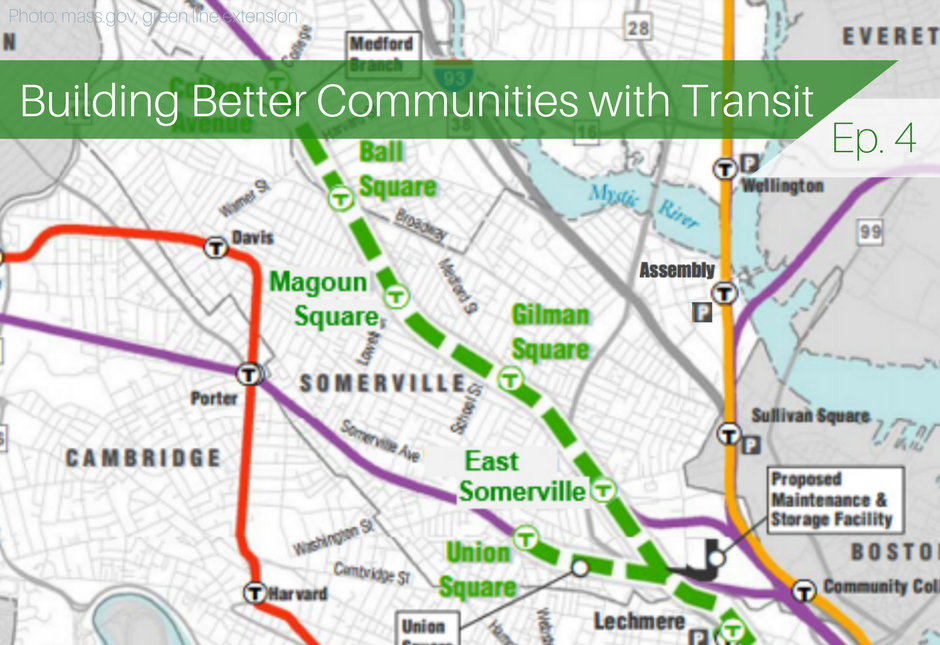Reconnecting Somerville with transit

This week, we’re joined by Somerville Mayor Joseph Curtatone on Building Better Communities with Transit to learn about how the Green Line Extension is transforming the city by reconnecting it with high-capacity rail transit.
 On May 1, residents in Nashville will be voting on a $5.2 billion proposal to dramatically improve and expand the city’s transit system with improved frequency on existing lines, new BRT routes, and a new light rail system. Our upcoming conference, Intersections: Creating Culturally Complete Streets, is happening right in the midst of this once-in-a-generation conversation.
On May 1, residents in Nashville will be voting on a $5.2 billion proposal to dramatically improve and expand the city’s transit system with improved frequency on existing lines, new BRT routes, and a new light rail system. Our upcoming conference, Intersections: Creating Culturally Complete Streets, is happening right in the midst of this once-in-a-generation conversation.
 Janette Sadik-Khan spent six years spearheading some of the most pioneering approaches to people-first street design while leading the transportation department for in America’s most populous city. She’ll be bringing that experience and more to Intersections: Creating Culturally Complete Streets as a keynote speaker in April.
Janette Sadik-Khan spent six years spearheading some of the most pioneering approaches to people-first street design while leading the transportation department for in America’s most populous city. She’ll be bringing that experience and more to Intersections: Creating Culturally Complete Streets as a keynote speaker in April. As expected, President Trump used his first State of the Union Address Tuesday night as an opportunity to discuss infrastructure. The speech was light on specifics, though the Washington Post and other outlets continue to report that the White House is preparing a full plan to be released in a few weeks.
As expected, President Trump used his first State of the Union Address Tuesday night as an opportunity to discuss infrastructure. The speech was light on specifics, though the Washington Post and other outlets continue to report that the White House is preparing a full plan to be released in a few weeks.
